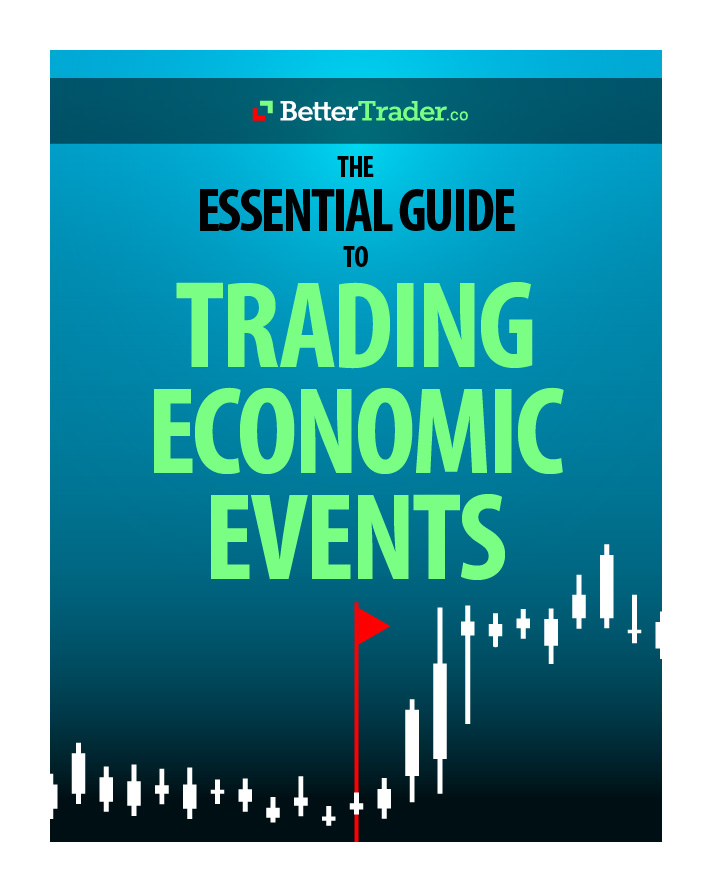Trading stocks, bonds, options, and/or mutual funds seems like a lucrative activity for those that have money set aside looking for a good investment. One of the things that makes this investment so intriguing is that anyone can do it. All they need is a smartphone and as little as $100.
But what many don’t know is how to trade, whether it may be the actual logistics of trading online or through a stockbroker, or when to buy or sell certain security. For many, this is a daunting task as to how to study and learn the stock market. Many are afraid that there are key aspects to the market that they don’t know that can hurt them. They are right.
What is a limit order, and why should you use one?
When I first started trading, one of the things that I realized was that when I placed an order, the price that it was executed it wasn’t what I saw on the screen moments ago. If I was placing a buy order, the stock was usually bought at a higher price tag, reducing profits.
The reason for this is because when one places an order, it takes time for an order to process. That time difference between placing an order and waiting for it to process can alter the stock price, whether it may be up or down.
Many beginner traders make mistakes, but this mistake has an easy fix. It can be avoided if one learns how to implement what is called a limit order
A limit order is an order to buy or sell a stock at a certain price point or better. In this context, better means a lower price when buying and higher when selling. What this means is when you want to buy a stock, your order will only be executed once the stock price hits your desired price. Same goes for selling a stock.
Why should you use a limit order?
For a long-term trader, this might seem insignificant because he or she might lose out on a few pennies per share, but for a day trader, this can mean the world. This can be the difference between making money on the day or losing money.
It is important for a day trader to be aware of this. You must be precise because every penny counts when you place a high volume order for a short period of time, looking to make quick gains.
Let’s look at an example
Here is the stock chart for the cybersecurity company Cyberark, from April 24, 2019.

The price of Cyberark Software on April 24, 2019
The blue data point represents a stock price of $124.66 at 9:55 am. Let’s say you saw this, and tried placing a buy order, for example on Robinhood, a commission-free stock trading app. You would assume that you will make the purchase at price at the time you placed the order. However, this isn’t always the case.
You are more likely to actually buy the stock at the green data point, due to the time it takes for an order to process. The green data point represents $125.87 at 10:05. This is a $.97 difference, which will come out of your profit. This doesn’t seem like much, but $.97 per share adds up. If someone placed a buy order of $25,000, the minimum amount of money in order to day trade, they just missed out on $242.50. If someone placed $100,000 they just lost out on $970. All in a matter of ten minutes.
As mentioned above, in order to avoid this you’ll want to place a limit order. Let’s say you set a buy limit order at $125. This an order to your brokerage to buy, but not at any price higher than $125. Depending on how fast your brokerage can react, this may mean you’ll sometimes miss opportunities. If the stock price rises above $125 before they can buy, they won’t do anything, and you won’t get any of the stock. However, this is better than having your order placed at an undesirable price point.
The same goes for selling
Here you can see the same chart with different data points representing a sell scenario rather a buy.

The price of Cyberark Software on April 24, 2019
If you tried placing a sell order at the blue data point of $126.20 at 9:40, the order could be executed at the green data point of $124.88, ten minutes later. This is a 1.04% difference, resulting in a missed opportunity of $1,040 if $100,000 was invested.
Now that you see how important it is to be precise when day trading, you will want to consider placing limit orders rather real-time orders. Using limit orders has helped lots of traders to be successful, by limiting the damaging effects which quick fluctuations can have.














